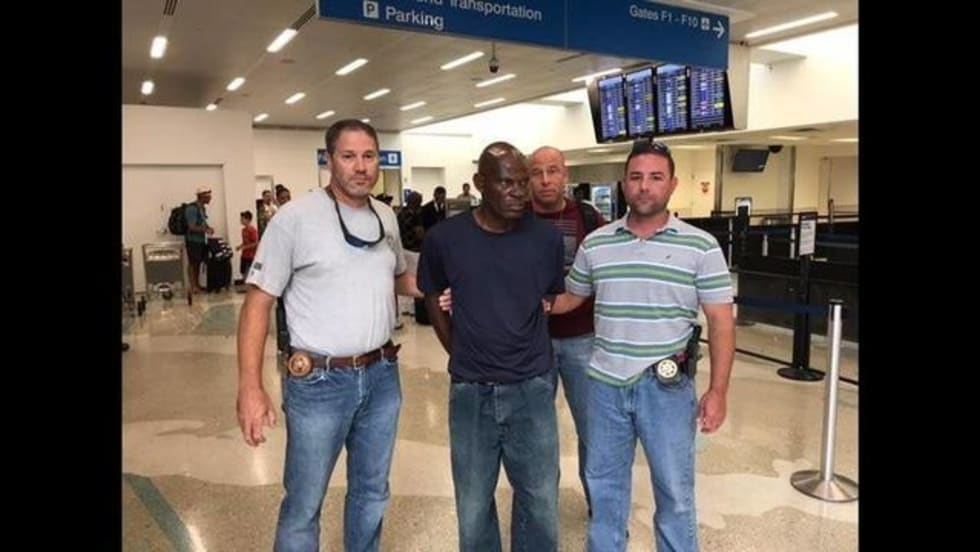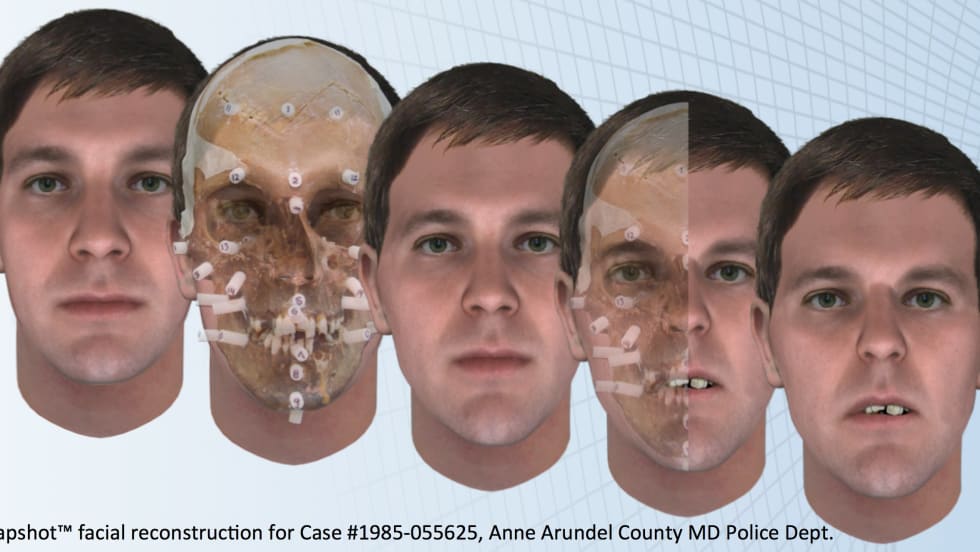
DNA Labs International was able to determine the probability of paternity for the suspect, allowing for a warrant for the man's arrest to be obtained for two counts of sexual battery on a mentally defective person.
Read More →
Parabon NanoLabs' new Snapshot Facial Reconstruction Service produces accurate antemortem composite images of deceased persons from skeletonized remains. The service combines two complementary methods of estimating appearance from skeletal evidence: DNA phenotyping and forensic facial reconstruction.
Read More →
The 21st Judicial District Drug Task Force in Tennessee used its Vigilant Solutions license plate reader (LPR) system to bring to justice a suspect in a cold case homicide from 2002.
Read More →
Earlier this year, investigators went back to examine blood found on the windowsill of the girl's room and on her underwear, neither of which had been tested previously. Detectives then went back to collect DNA samples from all involved in the case, the affidavit said.
Read More →
Law enforcement officials are still not sure how the body of 17-year-old Carolyn Lee Andrew ended up in a shallow grave in Duluth's Twin Ponds in 1981. But thanks to DNA technology, nearly 34 years later, authorities believe they've finally determined the identity of her killer.
Read More →
The first thing a good investigator, especially a cold case investigator, needs to know is that you can't base your conclusions on past experiences because those experiences are not foolproof. The only way to solve a decades-old murder is through hard work.
Read More →
Police reveal there may be a new forensic link with the missing UVA student case and other cold cases in Virginia.
Read More →
On Oct. 5, 1996, Scott Vincent Sica fired a 9 mm Beretta handgun nine times at police Sgt. Gregory Keith Martin during a traffic stop, according to testimony in Yadkin Superior Court. Sica was 20 at the time; Martin was 30.
Read More →What you usually see in any gun buyback program is elderly people turning in old junk guns from some closet or garage where they have sat gathering dust for many years.
Read More →
A veteran cold case detective ignored a key piece of evidence in an unsolved slaying, delaying for several years the eventual discovery that Stephanie Lazarus, a Los Angeles police officer, was guilty of the killing, according to allegations in a lawsuit filed Wednesday.
Read More →